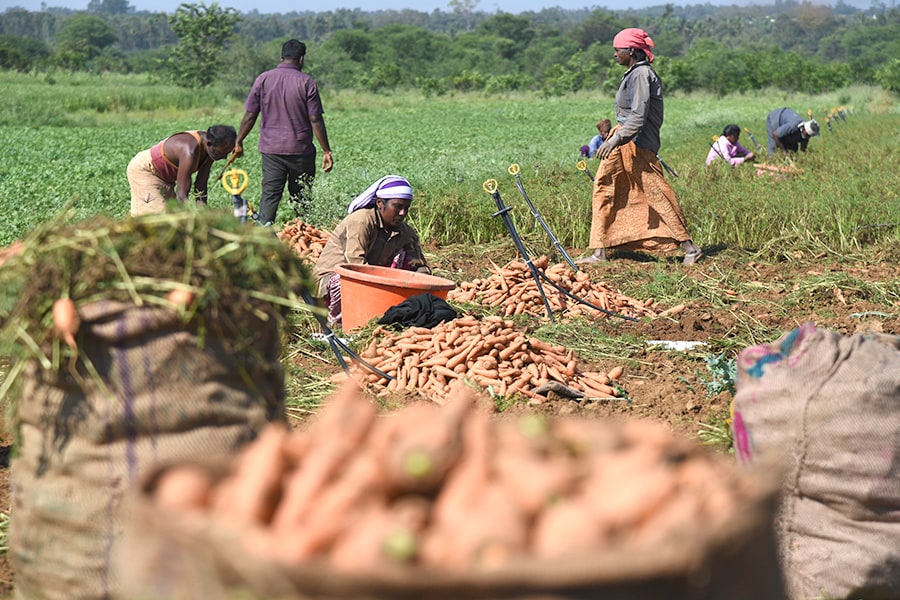
Focus on farmers, a healthy sign
Budget rightly identified and tackled problems that needed attention; allied sectors also in the fray
 Photo: Hemant Mishra
Photo: Hemant MishraThe interim budget saw a big push for small and marginal farmers who form the backbone of India’s agrarian economy. It saw an allocation of approximately Rs 1.2 lakh crore for the farming sector. The budget also covered allied sectors such as animal husbandry and fisheries.
It was evident that there was a strong focus on rural economy. The Pradhan Mantri Gram Sadak Yojana (PMGSY), Ayushmaan Bharat and Digital Village announcements show there is intent of providing the rural population with adequate, quality infrastructure and empowering it with technological advantage. Digital Agriculture can be a powerful initiative for farmers. It helps farmers get the right insights and analyses, thereby enabling them to take informed decisions. Predictive analysis also helps to mitigate risk from pests/diseases or climate change. It is estimated that the farmer is impacted by climate change to the tune of 12-15 percent of his output.
It was heartening to see the government identifying and tackling the right set of problems. Previously, allied sectors such as dairy, fisheries and poultry were neglected.
The allocation of Rs 75,000 crore under the Pradhan Mantri Kissan Samman Yojna (PMKSY) is also a reflection of this balanced outlook as it covers the bottom of the pyramid – small and marginal farmers. The scheme is a step in the right direction. An amount of Rs 6,000 per farmer will have an impact on farm economics. It may compensate for family labour used in the agricultural systems. This, combined with the benefits offered by the state, will create a substantial impact on the agri economy. However, key areas like irrigation, insurance and infrastructure availability will take a few more years.
Another highlight of the budget is the application of interest subvention of 2 percent for the entire duration of crop loan, even after loan rescheduling. An additional subvention of 3 percent will be given for timely repayment of loans, thereby encouraging financial discipline.
Farmer distress is also linked to market forces, which impact commodity prices, cash availability, ease of transactions, etc. Although the government was able to curtail food inflation to below 5 percent, it still needs to do a lot to control the price spikes for key commodities such as potatoes, onions and tomatoes. In an ideal situation, the downside of the farmer is covered sufficiently while the upside gets decided by the market forces. It’s at this stage the farmers will be truly stress free.
The writer is leader – Food and Agriculture, PwC India
X














